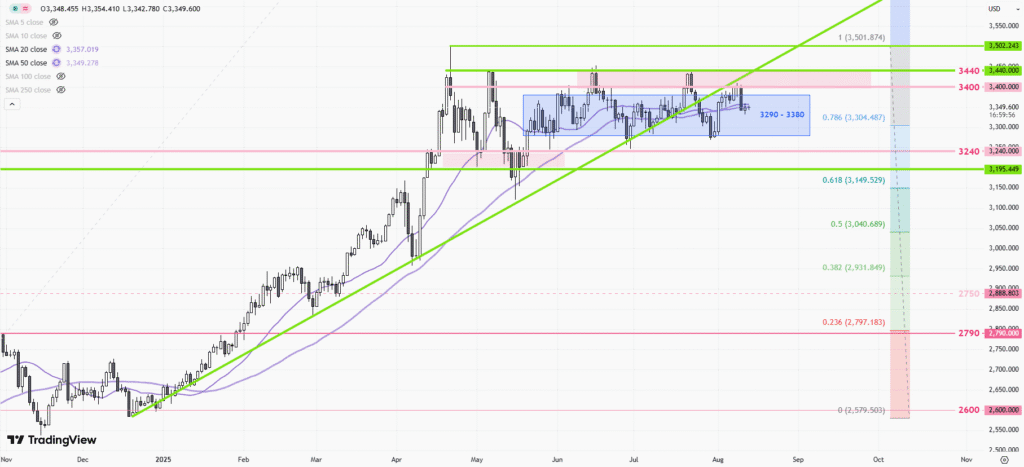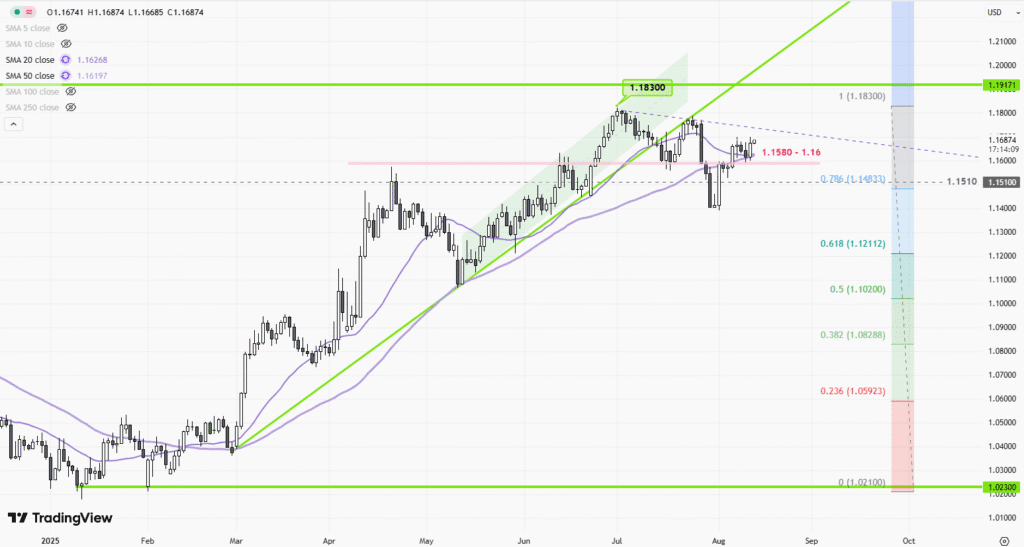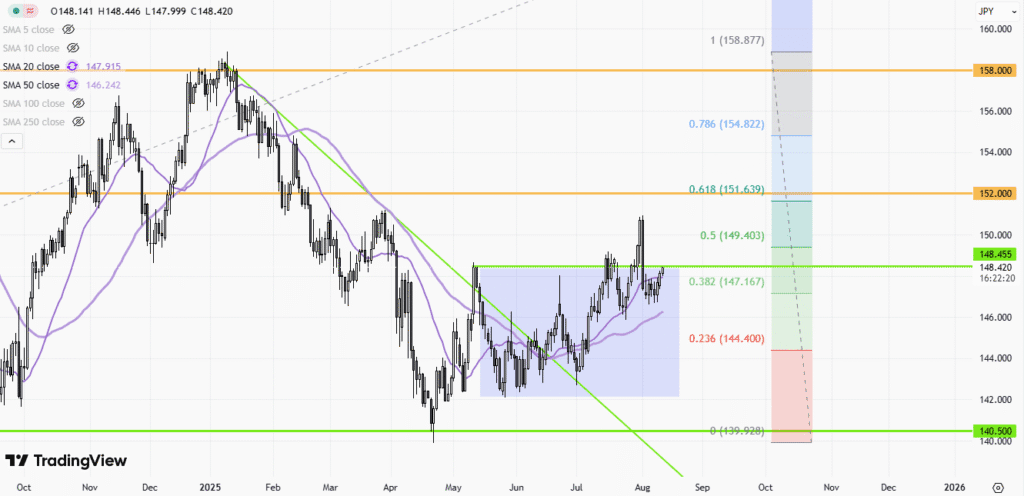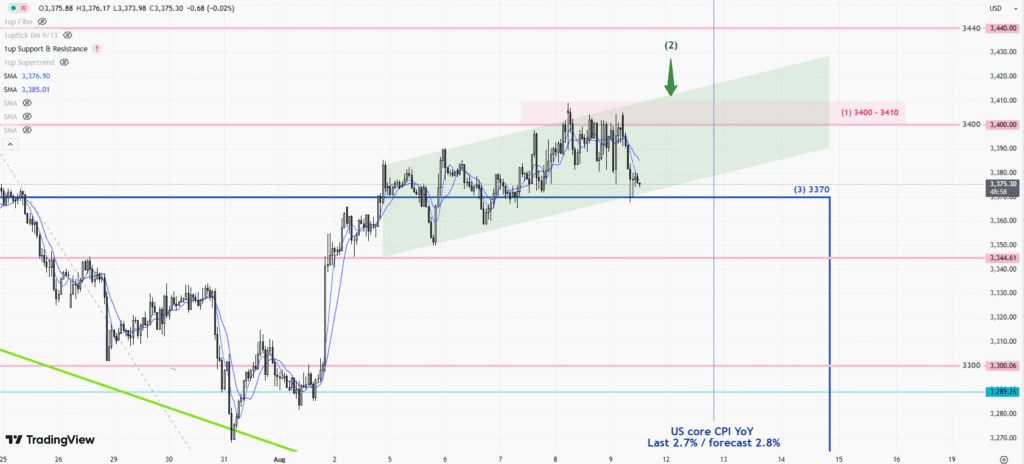 |
| Gold V.1.3.1 signal Telegram Channel (English) |

Gold Price Surge 2025: Why Gold Could Hit $4,000/oz and What It Means for Investors
2025-10-02 @ 05:00
Gold prices are experiencing an extraordinary surge in 2025, capturing the attention of investors worldwide. The precious metal, long revered as a haven during periods of uncertainty, has shattered multiple records over the past year and is now on a clear trajectory toward the $4,000 per ounce milestone. Several powerful forces—ranging from central bank demand to persistent economic and geopolitical risks—are converging to drive this historic rally and reshape gold’s outlook for the years ahead.
Recent Performance and Market Context
Gold’s spectacular run began after a lengthy consolidation phase from 2020 through early 2024. The breakthrough came in March 2024, when prices decisively moved higher, culminating in an all-time high of $3,500 per ounce in April 2025. A brief correction followed, with gold dipping by 11% into May. Yet, rather than signaling the end of the rally, this pullback set the stage for renewed consolidation and a subsequent surge, with the yellow metal posting a remarkable 29% year-to-date gain by August.
This performance is significant not just for its magnitude, but for its resilience amid shifting global conditions. Investors seeking stability in the face of rising recession risks, ongoing trade disputes, and unpredictable monetary policy have increasingly turned to gold, supporting both physical and paper-based demand.
Forecasts from Leading Financial Institutions
Top financial analysts and institutions have updated their gold forecasts for the remainder of 2025 and beyond.
- Goldman Sachs has sharply raised its year-end 2025 target to $3,700 per ounce, up from previous expectations of $3,300. Goldman projects a price range between $3,650 and $3,950, pointing to central bank demand as a crucial driving force. Their revised estimates highlight structural support for gold, as central banks around the world are now purchasing approximately 80 metric tons per month. The bank believes this heightened level of buying could add around 9% to the gold price before the year concludes. Moreover, if global economic uncertainty intensifies or recession risks materialize, Goldman suggests gold could even approach $4,500 per ounce by the end of 2025.
- J.P. Morgan has adopted an even more bullish stance. Its strategists forecast an average gold price of $3,675 per ounce in the fourth quarter of 2025, with the possibility of breaching $4,000 by the second quarter of 2026. According to the bank, the risks of a tariff-driven recession and persistent stagflation are likely to further fuel gold’s long-term bull run. J.P. Morgan’s sensitivity analysis reveals how responsive gold prices are to shifts in demand: for every 100 additional tonnes bought by investors and central banks per quarter, gold’s price could rise 2% over that period. With a baseline quarterly demand of 350 tonnes needed to maintain prices, the current estimated demand of about 710 tonnes suggests strong upward momentum.
Other institutions are also revising their forecasts upward. Bank of America anticipates gold hitting $3,500 by year-end, while UBS and ANZ expect prices to reach $3,500 and $3,600 respectively. OCBC Bank stands out with the most aggressive revision, now targeting $3,900 by late 2025.
The Role of Central Banks and Investor Behavior
Central bank purchases have emerged as the most crucial single driver of gold’s rally in 2025. Countries are diversifying their reserves away from major currencies, especially the US dollar, in the face of geopolitical tensions and mounting economic uncertainty. For investors, growing concerns about the durability of the post-pandemic recovery and looming recession threats have added to gold’s appeal, prompting a significant rise in ETF flows and direct bullion purchases.
Notably, analysts point out that even in the absence of runaway inflation—a traditional catalyst for gold—other factors such as policy uncertainty, escalating tariffs, and financial market instability are sufficient to power gold higher. The metal’s ability to outperform even in years of moderate inflation and reasonably stable equity markets highlights its role as a strategic portfolio anchor.
Looking Forward: Key Risks and Opportunities
While the momentum for gold is overwhelmingly positive, there remain risks to monitor. Sharp changes in interest rates, a surprisingly robust economic recovery, or a rapid shift in investor appetite for risk could temper further price gains. However, the prevailing consensus among analysts is that any corrections will be shallow and likely viewed as buying opportunities. With projected demand poised to remain well above price-neutral levels and broad-based participation from both central banks and individual investors, gold’s long-term bull case appears robust.
For investors considering gold exposure, this period offers both opportunity and important lessons in risk management. Allocating even a modest percentage of a portfolio to physical gold or gold-backed securities can provide valuable diversification, especially as macroeconomic uncertainty continues to shape markets in unpredictable ways.
As we move deeper into the latter half of 2025 and approach a potentially volatile 2026, all eyes remain on gold. Whether the $4,000 level proves to be a ceiling or a stepping stone remains to be seen—but for now, the flight to the world’s oldest safe haven shows no sign of fading.








